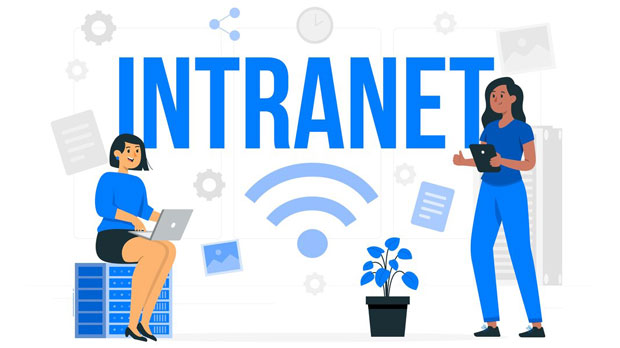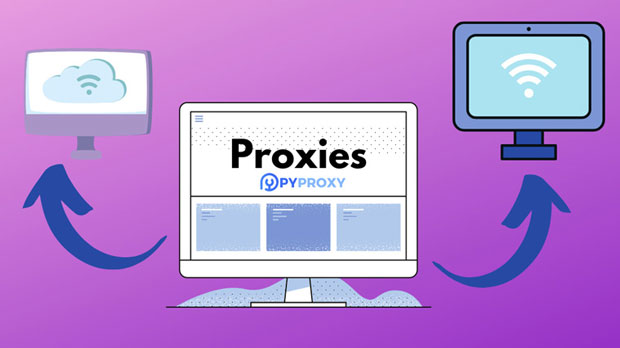In the competitive world of proxy services, two major players, PYPROXY and Rayobyte, stand out for their residential proxy offerings. When it comes to geographic coverage, both services have their strengths and cater to a variety of use cases, from web scraping to data privacy. In this article, we will dive into an in-depth comparison of the residential proxy coverage offered by PyProxy and Rayobyte, examining factors like global availability, IP distribution, regional penetration, and specific use cases. By the end of this article, you will have a clear understanding of which provider offers the most extensive coverage and better fits your business needs. Understanding Residential Proxy NetworksBefore diving into the comparison, it’s crucial to understand what residential proxies are and why their geographic coverage matters. A residential proxy allows users to route internet traffic through real residential IP addresses, making it harder to detect and block. These proxies are often used for tasks like data scraping, ad verification, account creation, and more, where anonymity and IP variety are crucial.The more diverse and widespread the IP coverage, the better the proxy network can perform in terms of bypassing geo-restrictions, avoiding CAPTCHAs, and maintaining high anonymity levels. As such, geographic coverage becomes a critical factor when choosing a proxy provider.Global Coverage: PyProxy vs RayobyteWhen it comes to residential proxy coverage, both PyProxy and Rayobyte boast global networks, but the extent and depth of their reach vary.PyProxy's Global ReachPyProxy’s residential proxy network is vast, offering proxies in multiple countries across continents. With a focus on residential IPs sourced from millions of devices worldwide, PyProxy claims to have significant coverage in North America, Europe, and parts of Asia. Their network is particularly strong in regions like the United States, Canada, and Western Europe, where demand for proxies is high for data scraping and e-commerce tasks.Moreover, PyProxy’s flexibility allows users to target proxies based on specific cities within major countries, such as the United States, which is advantageous for localized operations. While PyProxy provides solid coverage in developed regions, its network is not as expansive in less-demanded regions like Africa or parts of the Middle East.Rayobyte’s Global ReachRayobyte, on the other hand, also has a robust residential proxy network, but with a key difference in its geographic reach. Rayobyte has a unique advantage when it comes to global coverage, particularly in emerging markets and regions where proxies are harder to come by. Their network extends well into regions such as Eastern Europe, South America, and Southeast Asia, giving them an edge over PyProxy in terms of geographic diversity.One standout feature of Rayobyte’s offering is their ability to provide residential proxies from nearly every country in the world, including regions with low proxy penetration. This makes them an appealing choice for users who need access to hard-to-reach regions or need proxies in less traditional markets for purposes like market research or competitor analysis.Comparing IP Distribution and DensityAnother factor that plays a significant role in residential proxy networks is IP distribution and density. A larger number of proxies available in a region means better performance, especially for tasks requiring a large number of IPs (such as data scraping). Let’s compare PyProxy and Rayobyte on this front.PyProxy’s IP DensityPyProxy offers a good density of IP addresses in their key markets, particularly in the U.S. and Western Europe. While they offer proxies from millions of residential devices, their IP density tends to be slightly lower in emerging markets. This can impact performance, especially if you are conducting high-volume tasks or need a large number of IPs from a specific region.However, for users focused on developed markets like the U.S. and Europe, PyProxy’s IP density is usually sufficient to ensure stable performance. This makes PyProxy an excellent choice for businesses targeting customers in these regions, where higher IP density can lead to faster, more efficient data gathering.Rayobyte’s IP DensityRayobyte, in contrast, excels in providing a broader IP distribution. Not only does it cover key regions like the U.S., Canada, and Europe, but it also offers high-density IP pools in emerging regions such as Eastern Europe, Latin America, and Southeast Asia. This diversity in IPs ensures that Rayobyte is better equipped to handle large-scale proxy usage in diverse geographical locations.For users who need to access global data across different regions, Rayobyte’s broader IP density and coverage offer better scalability and more consistent performance. The ability to access proxies from diverse locations helps in avoiding IP bans and geo-blocks, which is critical for high-volume operations.Performance and Speed: A Key ComparisonWhile geographic coverage is important, the performance of proxies—particularly in terms of speed and reliability—also plays a major role in decision-making. A wide geographic reach won’t be useful if the proxies suffer from slow speeds or frequent disconnections.PyProxy’s PerformancePyProxy’s proxies are known for their speed and reliability in developed regions, thanks to their robust network infrastructure. However, users in regions outside the U.S. and Europe may experience some latency issues, especially if they rely on specific locations or smaller regions. PyProxy’s performance is often excellent for scraping and other high-demand tasks in key markets but can fluctuate in less populated areas.Rayobyte’s PerformanceRayobyte tends to offer more consistent performance across regions, particularly in global tasks. With a stronger presence in less traditional markets, Rayobyte’s proxies provide a more balanced performance across countries. This allows users to benefit from faster speeds even in hard-to-reach regions like Southeast Asia and Eastern Europe.For businesses with a global reach or specific needs in emerging markets, Rayobyte’s consistent performance across multiple regions can be a huge advantage. This makes Rayobyte a more attractive option for global operations requiring reliable proxy performance across diverse geographies.Choosing the Right Proxy for Your NeedsBoth PyProxy and Rayobyte offer solid residential proxy solutions, but your choice depends on your specific needs and geographic requirements. If you are focused on developed markets like the U.S. and Western Europe, PyProxy offers excellent coverage and performance. However, if your business needs a more global reach or you plan to operate in emerging markets, Rayobyte’s broader geographic coverage and higher IP density in diverse regions make it a more compelling option.Ultimately, the decision comes down to where you need proxies and how you plan to use them. For localized tasks in high-demand markets, PyProxy could be the right choice, but for businesses requiring global reach, Rayobyte’s superior coverage and density could offer a better solution.When comparing PyProxy and Rayobyte for residential proxy coverage, it’s clear that Rayobyte offers a broader and more diverse geographical reach, especially in emerging and underserved regions. PyProxy excels in high-demand markets like the U.S. and Europe but lacks the same global presence that Rayobyte offers. Depending on your specific needs, whether focused on developed markets or looking for global scalability, either provider can be the right fit. By understanding the geographic strengths of each, you can choose the best residential proxy solution for your business’s unique requirements.
Sep 18, 2025

































































